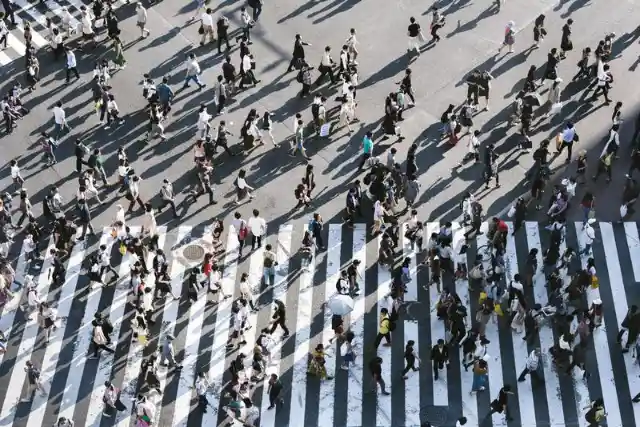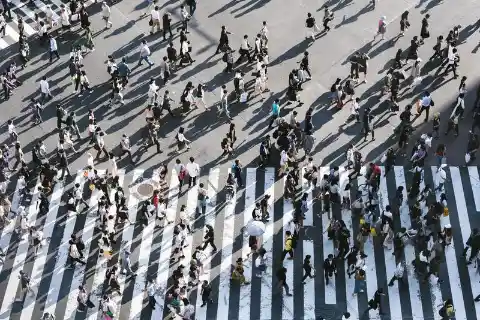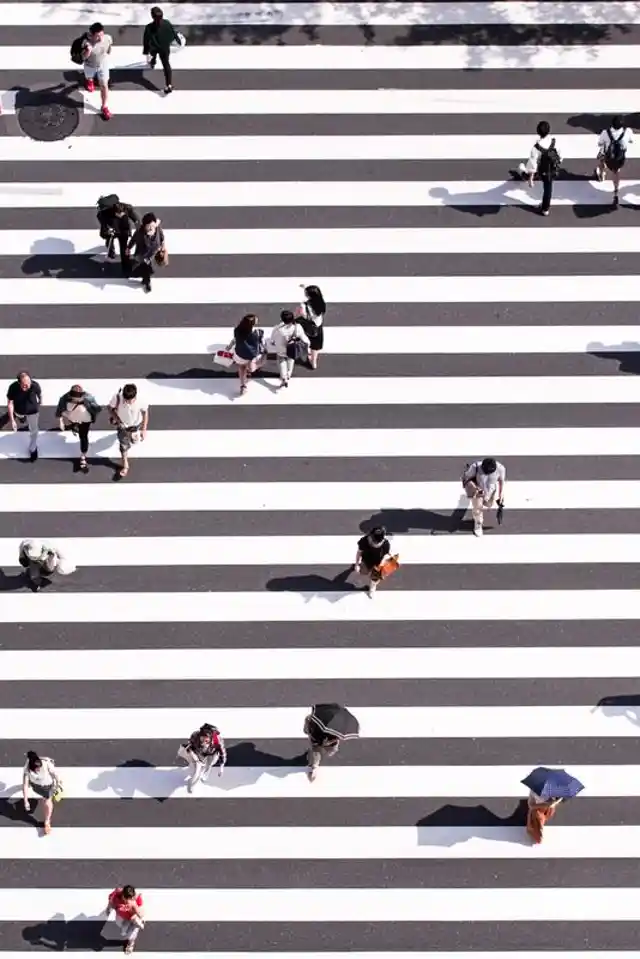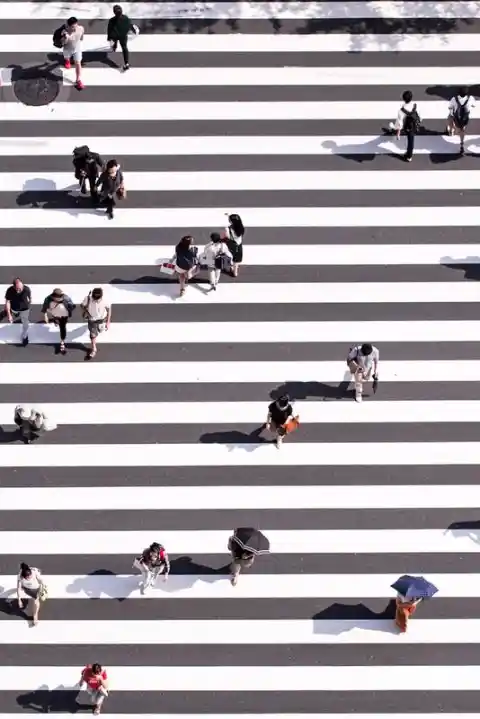Spend even ten minutes in Hong Kong and you might find yourself caught up, blinded by the lights. This stunning place feels like another world entirely from what you might have come across before. However, one of the main problems in Hong Kong regarding visitor safety is pedestrians being hit by cars!


Why? Because people get so distracted by everything around them. If you want to make sure you do not become a road accident statistic, you should pay attention to what Hong Kong is trying to do. This unique new plan that they have in place will be to use an experimental traffic light system. They have selected four major crosswalk sections of Hong Kong to experiment with.
These LED lights will be downward-facing as opposed to front-facing as other traffic lights are. This will cast a red glow onto the sidewalk so that people do not just walk out onto the road. You might not see a little traffic light, but you should notice a red glow on the floor. When it is safe to cross, this will change to a green glow.
This additional safety feature, it is hoped, will stop people from walking out onto the road when distracted. They also hope to run the plan for around six months. That should give them enough data and insight into whether or not this is actually going to be a viable solution.


These are going to be installed at major intersections near schools, marketplaces, commercial venues, and public transport stations. The council will take a look at the data as time goes on and decide to use this elsewhere or scrap the plan.
Mixed feedback could impact implementation
While many safety experts believe this is a good idea, people living in Hong Kong are less sure. The pedestrian populace of Hong Kong has so far had mixed responses to the lights being used. Some were pessimistic that it would change how people pay attention to their trip, while others think that the bright red glow will appear to represent something more ‘adult’ than a simple traffic light.
Perhaps with increased awareness and focus people will begin to realize the benefits of sticking to this plan. Like with any safety experiment, though, only time and the chance to fail will determine whether or not this is actually going to work to the benefit of the public.